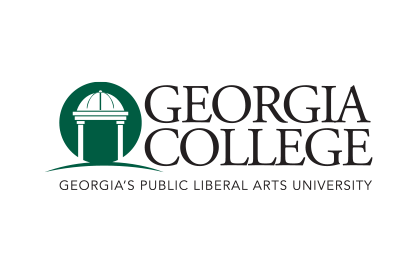Project Title
Does Quarterback Salary Cap Concentration Affect NFL Team Performance
Faculty Mentor(s) Name(s)
Brooke Conaway
Abstract
The National Football League (NFL) is broken down into two separate conferences, eight divisions, and thirty-two teams. To promote fair competition between big market teams and smaller market teams in free agency, a salary cap was instituted in the 1994 CBA (collective bargaining agreement). Using data from 2015-2020 on quarterback salaries as a percent of the salary cap and controlling for a vector of relevant team characteristics, I used the Ordinary Least Squares regression method to test whether spending a higher share of your salary cap on quarterbacks impacts two standards of team performance: team winning percentage and point differential. Preliminary results show quarterback salary does not have a statistically significant impact on team winning percentage but does have a statistically significant impact on point differential. As the share of the cap spent on your quarterback increases by 1 percentage point, the point differential decreases by 2.8 points. A better understanding of the links between quarterback percentage of the cap, team winning percentage, and point differential could help NFL general managers allocate their funds more efficiently.
Does Quarterback Salary Cap Concentration Affect NFL Team Performance
The National Football League (NFL) is broken down into two separate conferences, eight divisions, and thirty-two teams. To promote fair competition between big market teams and smaller market teams in free agency, a salary cap was instituted in the 1994 CBA (collective bargaining agreement). Using data from 2015-2020 on quarterback salaries as a percent of the salary cap and controlling for a vector of relevant team characteristics, I used the Ordinary Least Squares regression method to test whether spending a higher share of your salary cap on quarterbacks impacts two standards of team performance: team winning percentage and point differential. Preliminary results show quarterback salary does not have a statistically significant impact on team winning percentage but does have a statistically significant impact on point differential. As the share of the cap spent on your quarterback increases by 1 percentage point, the point differential decreases by 2.8 points. A better understanding of the links between quarterback percentage of the cap, team winning percentage, and point differential could help NFL general managers allocate their funds more efficiently.

